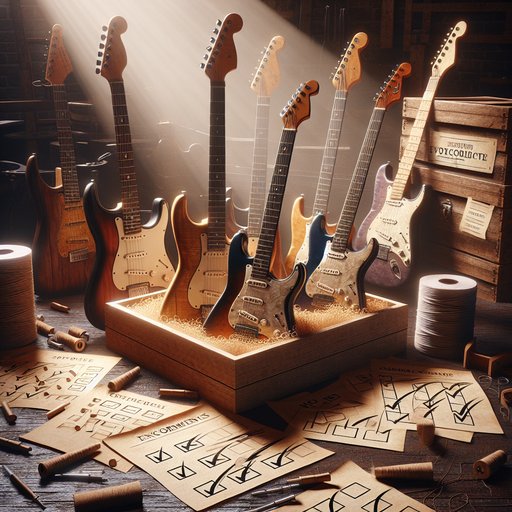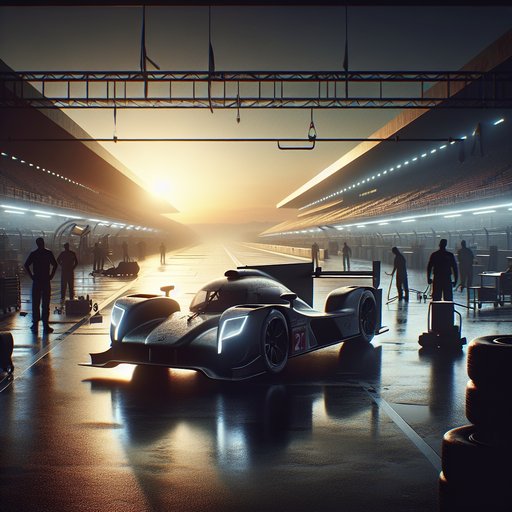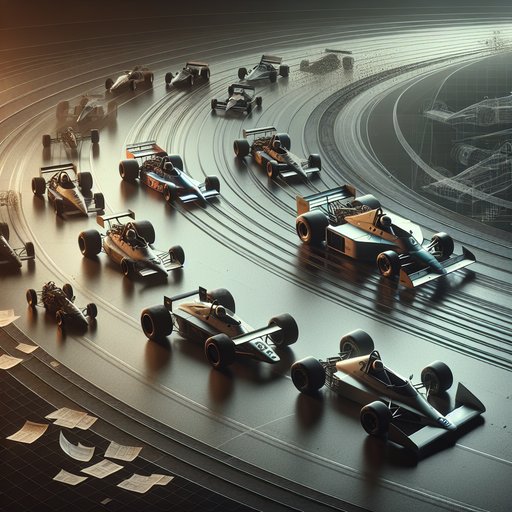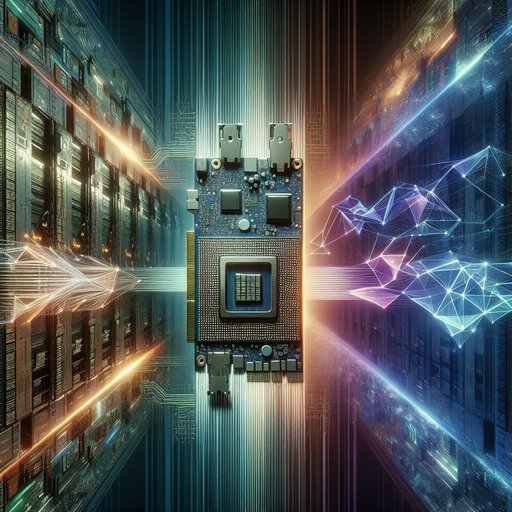
From the Telecaster’s blunt practicality to the Les Paul’s carved elegance, the history of the guitar is a civic story told in wood, wire, and votes cast with hard-earned money. Brands propose ideas, artists stump for them on stages and screens, and audiences reward or reject those platforms in a marketplace that resembles an election. Across decades, endorsements, regulations, and manufacturing choices have steered what players can buy and how music sounds. Examining this landscape reveals not only the ingenuity that built iconic instruments but also the vulnerabilities of a system where popularity, consolidation, and policy can tilt the playing field.

The 24 Hours of Le Mans has a way of remembering heartbreak. For Toyota, the memories stretched from Group C near-misses to a modern hybrid era defined by speed without reward. The rise to victory did not come in a sudden leap; it gathered slowly, through broken parts, recalibrated plans, and a stubborn refusal to let one brutal final lap define the team. When Toyota Gazoo Racing finally won in 2018, the moment felt less like arrival and more like the steady clicking-in of pieces that had been set for decades. Redemption at La Sarthe is not given. It is earned one measured stop, one wakeful night, one clean lap at a time.

Formula 1 evolves by decree. Each sweeping rewrite of the regulations—whether banning ground effect in the 1980s, outlawing electronic driver aids in the 1990s, ushering in hybrids in 2014, or enforcing cost caps in the 2020s—reshapes the competitive map and the technology beneath it. Teams do not merely comply; they reinterpret, retool, and reorganize, turning constraints into competitive advantage. The history of the sport is best understood through these inflection points, where safety, spectacle, and sustainability demands converge and the fastest thinkers gain a crucial head start.

Graphics processors began life as helpers to the CPU, moving pixels across the screen and accelerating windowed desktops. Over three decades, careful architectural changes and a maturing software stack turned them into the dominant parallel compute engines of our time. NVIDIA’s CUDA platform unlocked general-purpose programming at scale, and deep learning quickly found a natural home on this throughput-oriented hardware. At the same time, cryptocurrency mining exposed both the raw performance and the market volatility that massive parallelism can unleash. Tracing this path illuminates how a once-specialized peripheral became central to scientific discovery, modern AI, and even financial systems.























































